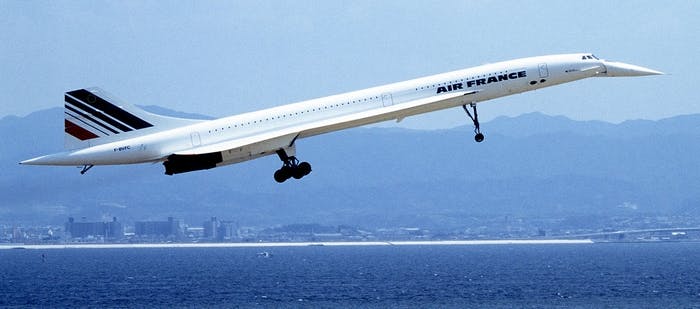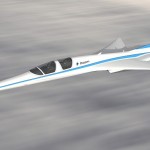Pilots name their Top 5 cockpit moments in history
There have been many momentous moments in aviation’s short history, but which ones stand out for today’s aviators?
As part of our a recent PrivateFly Pilot Survey, we asked over a thousand pilots to name the one flight in history they would most like to have flown. This was part of a detailed look at pilots’ travel habits, careers and backgrounds.

We supplied a list of well-known aviation moments, and pilots were also able to pick their own. These were their top five.
1) Concorde’s first flight (1969)
The world’s first supersonic airliner still holds a huge emotional appeal with today’s aviators. And its first test flight, piloted by André Turcat in 1969, was the top choice, selected by 20% of pilots.
The former French military pilot was chief test pilot for the Concorde program and was at the controls for the first civilian supersonic flight on 2nd March 1969 from Toulouse, France. The Anglo-French aircraft was in the air for 27 minutes and Turcat famously said on landing back in Toulouse: “Finally the big bird flies, and I can say now that it flies pretty well.”
Concorde is no longer with us of course, but with a number of new supersonic concepts in development, some of today’s pilots may be able to look forward to flying supersonic again the future.

2) First Boeing 747 flight (1969)
In the same year another history-making flight took place. Boeing’s 747 airliner first took to the air on February 9, 1969 – and in that moment, commercial air travel changed forever.

The wide body and dual-aisle interior of the 747 allowed airlines to carry far more passengers, changing the economics of long haul flights – and making air travel more accessible than ever before for passengers. For many pilots it became their ultimate goal: To be in charge of the world’s biggest, long-range airliner.
The 747 went on to dominate for over 40 years before it began to be outperformed by newer and more efficient long range aircraft, such as the Airbus A380. Production of new 747s has recently slowed dramatically as airline orders have dropped, but there are many still flying, including the VIP private jet conversion, the Boeing Business Jet (BBJ).
18% of pilots picked Jack Waddell and Brien Wygel’s first 747 flight as their top aviation moment, but only 11% when we conducted a similar survey of pilots in 2012. So it seems the 747’s imminent retirement has created a growing nostalgia for the ‘Queen of the skies’.
3) First ever supersonic flight (1947)
While Concorde took flight in 1969, the military already had a 20+ year head start in supersonic flight. 17% of pilots would have liked to swapped places with US Air Force pilot Chuck Yeager – the first human to officially break the sound barrier, on October 14 1947.
Yeager flew the experimental Bell X-1 at Mach 1 at an altitude of 45,000 ft, over the Rogers Dry Lake in the Mojave Desert, and went on to break many other speed and altitude records in his flying career.
The Bell X-1 was a rocket-powered aircraft, and the first of a series of American miltary X-planes, used to test and evaluate new aerodynamic concepts, such as high-speed flight.

4) First private space flight (2004)
Beyond supersonic, there’s space. And 15% of pilots said they would most like to have been in Mike Melvill’s shoes, when he made history in 2004 by becoming the first person to pilot a privately built craft into space.
The test pilot took rocket place SpaceShipOne to speeds of Mach 3 and an altitude of more than 100km (62 miles) – beyond the recognised boundary of space. After his safe return, he talked of the colourful views of Earth as being “almost like a religious experience”.

Melvill also enjoyed the experience of weightlessness, opening a bag of M&M’s in the cockpit so that they floated around while the aircraft was in space.
Read more about private space flight concepts.
5) The Wright Brothers’ first ever flight (1903)
The history-making moment of the first ever powered passenger flight, by the Wright Brothers, was the pick of 11% of pilots.

Orville and Wilbur Wright were aviation pioneers who are credited with inventing, building and then successfully flying the world’s first passenger aircraft. Their first powered flight, on December 13 1903, was four miles long and took place in Kitty Hawk, North Carolina.
The brothers’ key breakthrough was their invention of a new three-axis steering control, which allowed their Wright Flyer aircraft to maintain balance and control – something that was defeating other early aviators.
See more insights from the PrivateFly Pilot Survey, including what pilots earn and their levels of job satisfaction. Or email sasha@privatefly.com for a PDF copy of the white paper.
Related content

Will the supersonic Boom take flight in 2017?

The use of GPS in aviation



